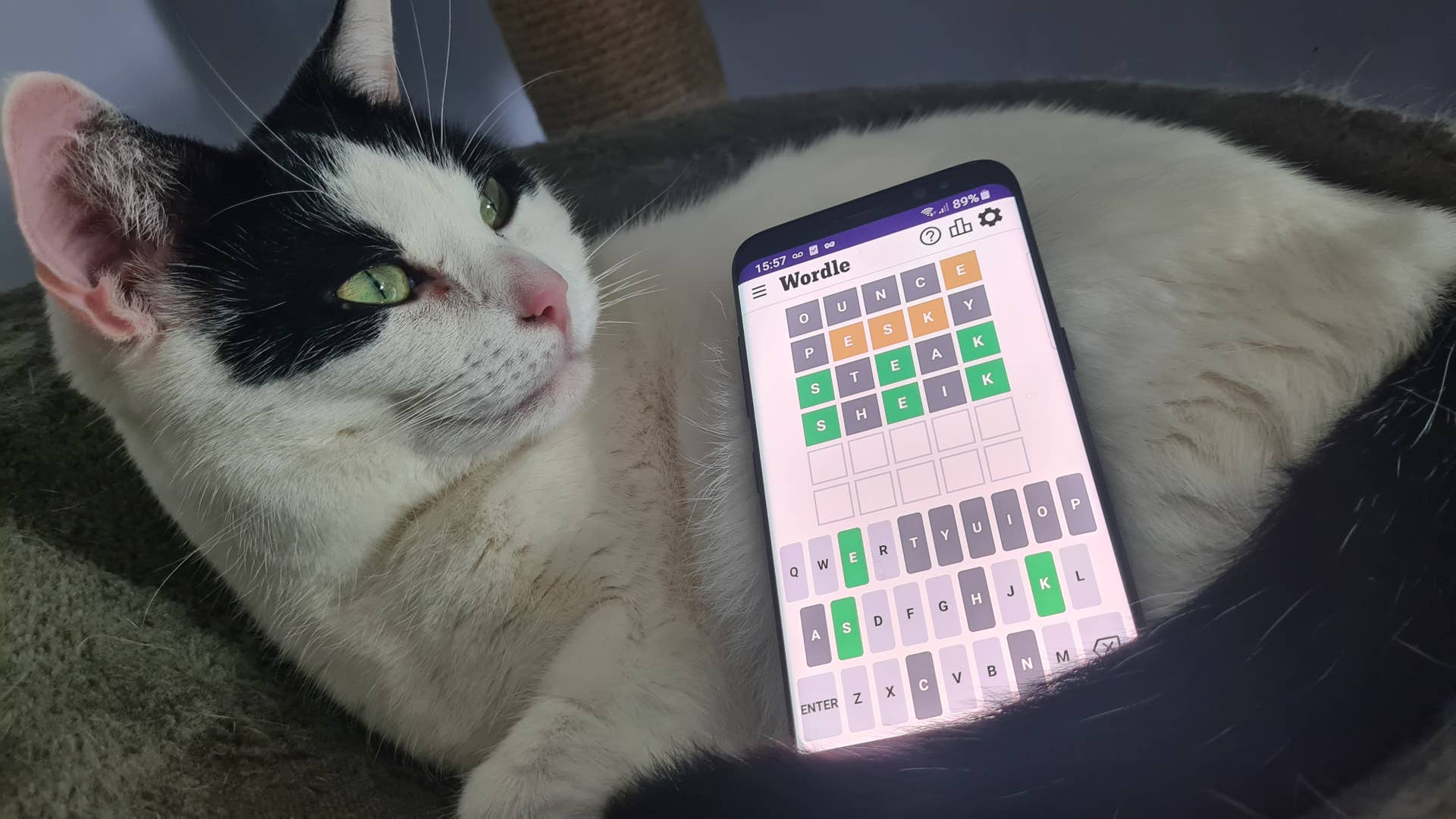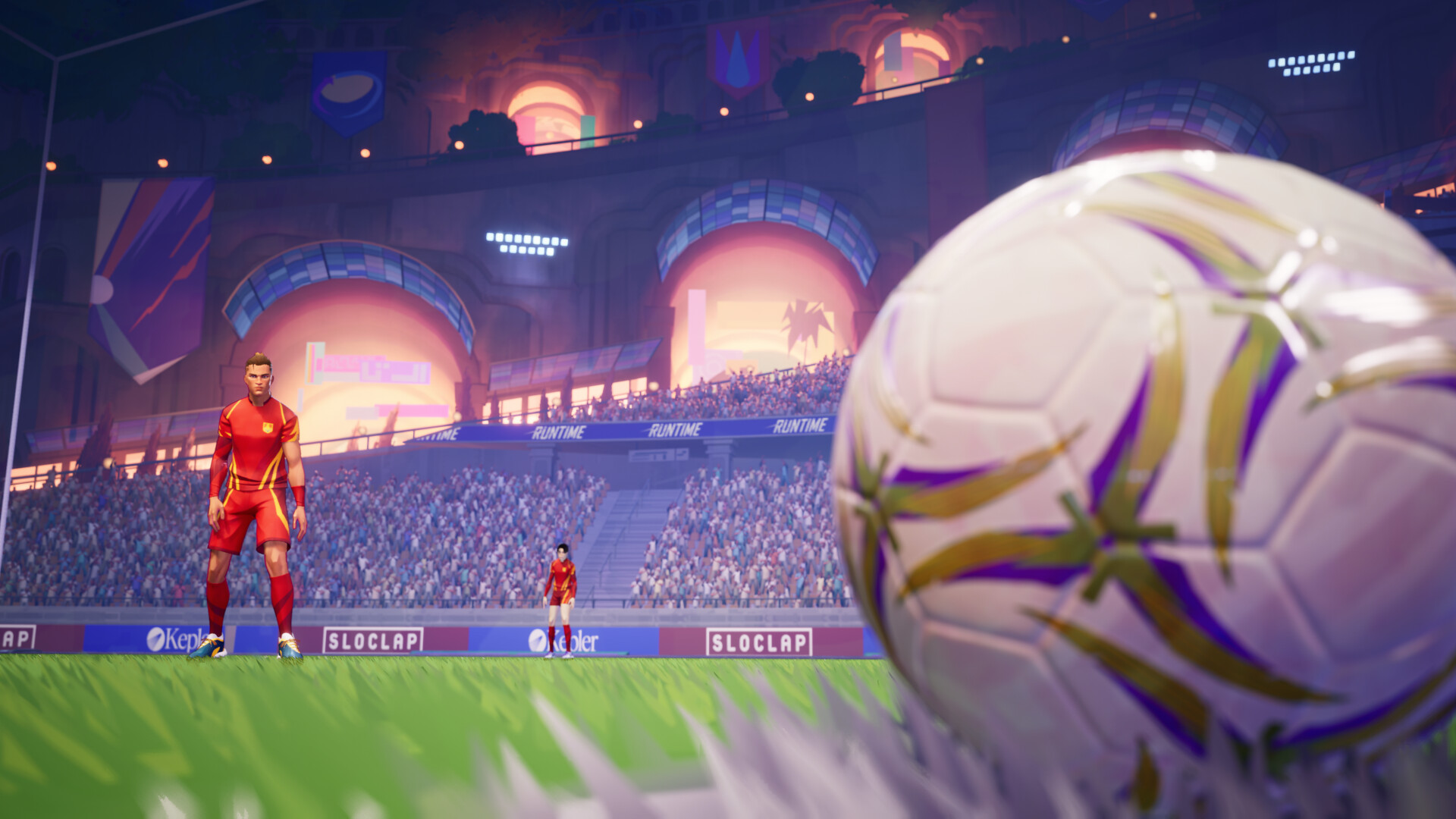
How to Play the Monster Hunter Games in Order

A year removed from its 20th anniversary, Capcom’s monster-hunting franchise returns in 2025 with Monster Hunter Wilds. The prolific series has lived through several generations of home and portable consoles, reaching new peaks with 2018’s Monster Hunter World and 2021’s Monster Hunter Rise — the series’ best-selling games to date and Capcom’s two best-selling games of all time.
With Monster Hunter Wilds out on February 28, we’re looking back on the franchise’s history with a list of the series’ most important games, ordered chronologically by release date.
How Many Monster Hunter Games Are There?
There are upwards of 25 Monster Hunter games when considering all base games, spinoffs, mobile entries, and enhanced versions. However, for this list, we’ve compiled the 12 most relevant Monster Hunter games. Our list excludes mobile- and arcade-exclusive games (Monster Hunter i, Monster Hunter Spirits, etc.); previously shuttered MMOs (Monster Hunter Frontier, Monster Hunter Online); and the FromSoftware-developed, Japan-exclusive, Animal Crossing-like game Monster Hunter Diary: Poka Poka Airou Village.
Which Monster Hunter Game Should You Play First?
There is no continuous story throughout the Monster Hunter franchise, so you can take your pick of which game to start with. If you’re jumping into the world of Monster Hunter in 2025, you might want to wait and and see reactions to the latest game, Monster Hunter Wilds, which will be released on February 28. If you’re eager to try the series before investing in Wilds, we recommend Monster Hunter World or Monster Hunter Rise. World should appeal more to those who value exploration and immersion; Rise is better suited for those who put a higher value on speed and fluidity.
Every Monster Hunter Game in Release Order
Monster Hunter (2004)
Monster Hunter, alongside Auto Modellista and Resident Evil: Outbreak, was developed as part of a three-game plan to explore the market potential of the PS2’s online network, Capcom’s Ryozo Tsujimoto told Eurogamer in 2014.
The first Monster Hunter laid the foundation for the franchise, introducing many of the series’ defining systems. Players, on their own or with others online, are given quests to hunt monsters, after which they use materials harvested from the world and the monster’s remains to craft and upgrade weapons and armor before embarking to fight, well, stronger monsters.
An expanded version called Monster Hunter G was released exclusively in Japan the following year.
Monster Hunter Freedom (2005)
The series found its home on portable consoles in 2005 with Monster Hunter Freedom, an enhanced port of Monster Hunter G tuned for single-player play on the PSP. This first portable entry in the franchise sold over a million copies, according to Capcom, beginning a trend in which Monster Hunter’s portable versions handily outsold its home console counterparts — a trend that held until the breakout success of Monster Hunter World in 2018.
Monster Hunter 2 (2006)
Capcom returned to home console for the series’ second proper entry, Monster Hunter 2 (aka Monster Hunter Dos). It was released exclusively in Japan for PS2. Monster Hunter 2 introduced a day-night cycle and gems, further enhancing your opportunities for weapons and armor customization.
Monster Hunter Freedom 2 (2007)
The second handheld game in the series, Monster Hunter Freedom 2 again took the core of its home console counterpart (MH2) and built upon it with new content and a single-player focus. The game was expanded further in 2008’s Monster Hunter Freedom Unite, which added new monsters, missions, maps, and the ability to have a Felyne fighter join the player in battle.
Monster Hunter 3 (2009)
Monster Hunter 3 (aka Monster Hunter Tri) debuted in Japan in 2009, before being released internationally in 2010. The third mainline MH game was initially in development for the PS3, though it would eventually be released as a Wii exclusive. In addition to new monsters, weapons, and locations, Monster Hunter 3 introduced the series’ short-lived underwater combat.
It later came to Wii U and 3DS as Monster Hunter 3 Ultimate with new monsters, a reworked single-player experience, updated graphics, and a new multiplayer area.
Monster Hunter Portable 3rd (2010)
Like the two mainline entries before it, Monster Hunter 3 was tweaked and ported to PSP as Monster Hunter Portable 3rd. Unlike the two portable versions before it, this game also got a console release on PS3 as Monster Hunter Portable 3rd HD Ver.
Despite never being released in the West, Monster Hunter Portable 3rd is the best-selling game among Capcom’s handheld-exclusive Monster Hunters with 4.9 million copies sold.
Monster Hunter 4 (2013)
Monster Hunter 4 was originally released exclusively for 3DS, exclusively in Japan. Only the enhanced edition, Monster Hunter 4 Ultimate (Monster Hunter 4G in Japan), was released globally as a launch game for New Nintendo 3DS. This generation of Monster Hunter games most notably improved traversal by pairing increased verticality with more fluid player movement. It also improved the single-player experience with a deeper story and more NPCs.
Monster Hunter Generations (2015)
Capcom followed up MH4 with Monster Hunter Generations (Monster Hunter X in Japan), another installment released exclusively for 3DS. Generations had, as our review stated, “the appeal of a greatest hits album,” blending old and (at the time) new mechanics from the series’ then-10-year history. Most notably, Generations featured new wrinkles to customization and combat through Hunting Styles and Arts.
Generations later received an enhanced edition, known as Monster Hunter Generations XX in Japan and Monster Hunter Generations Ultimate internationally. It was the first Monster Hunter game released on Nintendo Switch.
Monster Hunter Stories (2016)
Monster Hunter Stories is a spinoff that takes the action series into the world of RPGs. True to the genre, Stories trades in the real-time action of the mainline games for a turn-based combat system and puts more emphasis on story and exploration.
It was originally released for 3DS, though it’s since come to PS4, Switch, PC, and mobile.
Monster Hunter World (2018)
Monster Hunter World is, to date, the series’ high point from both a critical and commercial perspective. With 27 million copies sold, it’s the series’ (and Capcom’s) best-selling game, and with a Metascore of 90, it’s also the series’ best-reviewed game.
With World, Capcom moved the primary development of Monster Hunter back to home consoles, specifically PS4 and Xbox One. For the first time, it made a concerted effort to reach a wider Western audience by moving to a more seamless open-world design, reducing the learning curve of the series’ intricate systems, fully supporting online play with global servers, and releasing simultaneously across all regions.
A massive expansion, Monster Hunter World: Iceborne, was released the following year. Similar to the Ultimate versions of past games, Iceborne added new monsters and mechanics to the base game, as well as an all-new story that rivals the size of the campaign in World.
Monster Hunter Rise (2021)
Monster Hunter Rise is the series’ second best-performing game, ranking only behind World in terms of sales and Metascore. As the subtitle ‘World’ denotes the previous game’s more global approach, ‘Rise’ indicates a greater focus on verticality, a design decision supported by the introduction of the Wirebug, a new mechanic that enabled wall-climbing and overall more fluid traversal.
Rise builds off of the previous Switch entry, Generations Ultimate, as much as it does World, given World and Rise were, for a time, being developed in tandem. As stated in our review, “much of the streamlining World did has been carried forward” in Rise, while “other things like separate Village and Hub questlines for single- and multiplayer and the ability to tweak a weapon’s playstyle a bit return from older Monster Hunter games.”
Monster Hunter Rise: Sunbreak was released the following year. The expansion includes a new storyline, monsters, and locations.
Monster Hunter Stories 2: Wings of Ruin (2021)
Capcom followed Rise with Monster Hunter Stories 2: Wings of Ruin, a sequel to the 2016 RPG. Co-developed by Marvelous Inc. (Story of Seasons), Wings of Ruin leans into tried-and-true JRPG systems like turn-based combat, character customization, and an emphasis on story. Stories 2 again lets you fight alongside monsters (aka Monsties) instead of strictly hunting them, creating a party system that should be familiar to anyone who’s played a Pokemon RPG.
Monster Hunter Wilds (2025)
Monster Hunter Wilds will be the latest game in the series when it’s released on February 28 for PS5, Xbox Series X|S, and PC. Wilds is a mainline Monster Hunter game that builds on the design principles of World and Rise. It boasts “dynamic, ever-changing environments” and the series’ “most evolved action and improved immersion,” according to Capcom.
As noted in our 2024 Monster Hunter Wilds preview, it’s shaping up to be “a Monster Hunter that embraces the parts of Rise that made it so much more inviting but also doesn’t shy away from the larger scale and spectacle that helped make World the more enduring entry.”
Upcoming Monster Hunter Games
Next up for the franchise is the aforementioned Monster Hunter Wilds, due out February 28 for PS5, Xbox Series X|S, and PC. You can read up on all we know about Wilds through our extensive IGN First coverage:
- How Capcom’s Belief in the Series Made it a Worldwide Hit
- How the Monster Hunter Wilds Team Select Their Beastly Lineup
- Monster Hunter Wilds Developers Talk Weapon Changes
- Behind Monster Hunter Wilds’ New Approach to Starting Weapons and Hope Series Gear
- Monster Hunter Wilds: The Final Preview
Capcom is also working alongside TiMi Studio Group (Call of Duty Mobile, Pokemon Unite) on Monster Hunter Outlanders, a free-to-play mobile game with multiplayer hunters and “a massive open world.” A release window for Outlanders has not yet been announced.
Jordan covers games, shows, and movies as a freelance writer for IGN.



















